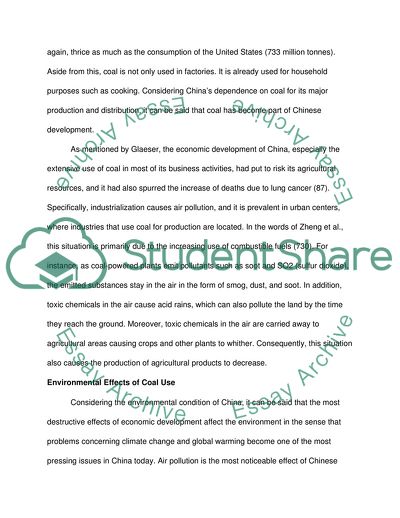Cite this document
(Air Pollution: The Effects of Coal Used in Chinese Environment Term Paper, n.d.)
Air Pollution: The Effects of Coal Used in Chinese Environment Term Paper. https://studentshare.org/environmental-studies/1768578-in-what-ways-is-chinese-development-affecting-chinas-environment
Air Pollution: The Effects of Coal Used in Chinese Environment Term Paper. https://studentshare.org/environmental-studies/1768578-in-what-ways-is-chinese-development-affecting-chinas-environment
(Air Pollution: The Effects of Coal Used in Chinese Environment Term Paper)
Air Pollution: The Effects of Coal Used in Chinese Environment Term Paper. https://studentshare.org/environmental-studies/1768578-in-what-ways-is-chinese-development-affecting-chinas-environment.
Air Pollution: The Effects of Coal Used in Chinese Environment Term Paper. https://studentshare.org/environmental-studies/1768578-in-what-ways-is-chinese-development-affecting-chinas-environment.
“Air Pollution: The Effects of Coal Used in Chinese Environment Term Paper”. https://studentshare.org/environmental-studies/1768578-in-what-ways-is-chinese-development-affecting-chinas-environment.


